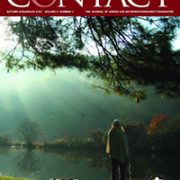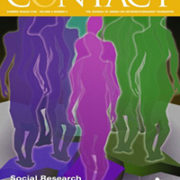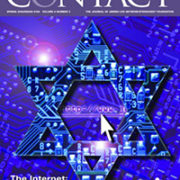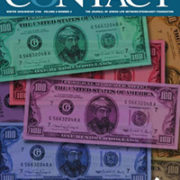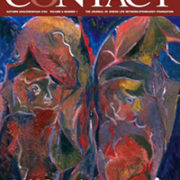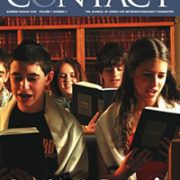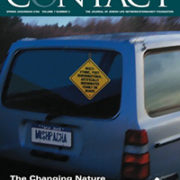Contact Autumn 2006
Recent decades have witnessed a proliferation of programs designed to intensify Diaspora Jewish life. Although each has met with varying degrees of success, it has become clear that one of the most significant determinants of a program’s effectiveness is the retreat component.

